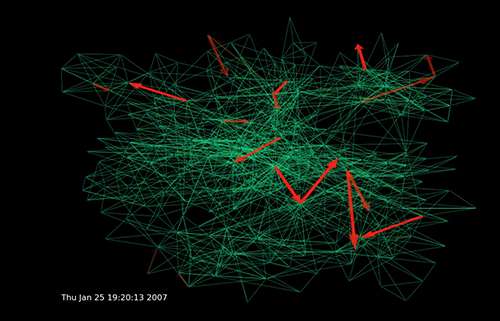Communication with similar people stronger than believed

People's tendency to communicate with similar people is stronger than earlier believed, which restricts the flow of information and ideas in social networks. These are the findings that an Aalto University research group will publish this week in an article in the Proceedings of the National Academy of Sciences publication series.
The results were obtained by means of a computational method developed by the research group and then applied to massive amounts of anonymised mobile phone call data. The data came from a mobile phone operator's billing system and includes detailed information about the timing of hundreds of millions of mobile phone calls and the age, gender and billing types of anonymised callers and recipients.
The research is linked to computational social science, an area of multidisciplinary research that has become highly important in recent years. In this area, computational methods are used to mine information about human behavior from massive data sets. Rather than focusing on the individual, computational social science strives to understand general properties in the behavior of large groups of people. This contrasts with data collection and mining used for intelligence purposes, which has recently attracted a lot of publicity. Furthermore, the data used is always anonymised.
The research group's computational method is based on statistical analysis of the precise timing of phone calls. This allowed researchers to show that various patterns where phone calls immediately follow each other (for example, A calls B, who then calls C) are more common between people who are similar in terms of age, gender and mutual friends than could be observed based only on numbers of calls made.
Application of the developed method is not only limited to research on communication between people; it also has potential uses in areas like brain research.
More information: Kovanen, L. et al. Temporal motifs reveal homophily, gender-specific patterns, and group talk in call sequences, PNAS, October 21, 2013. www.pnas.org/content/early/201 … /1307941110.abstract
Journal information: Proceedings of the National Academy of Sciences
Provided by Aalto University

















